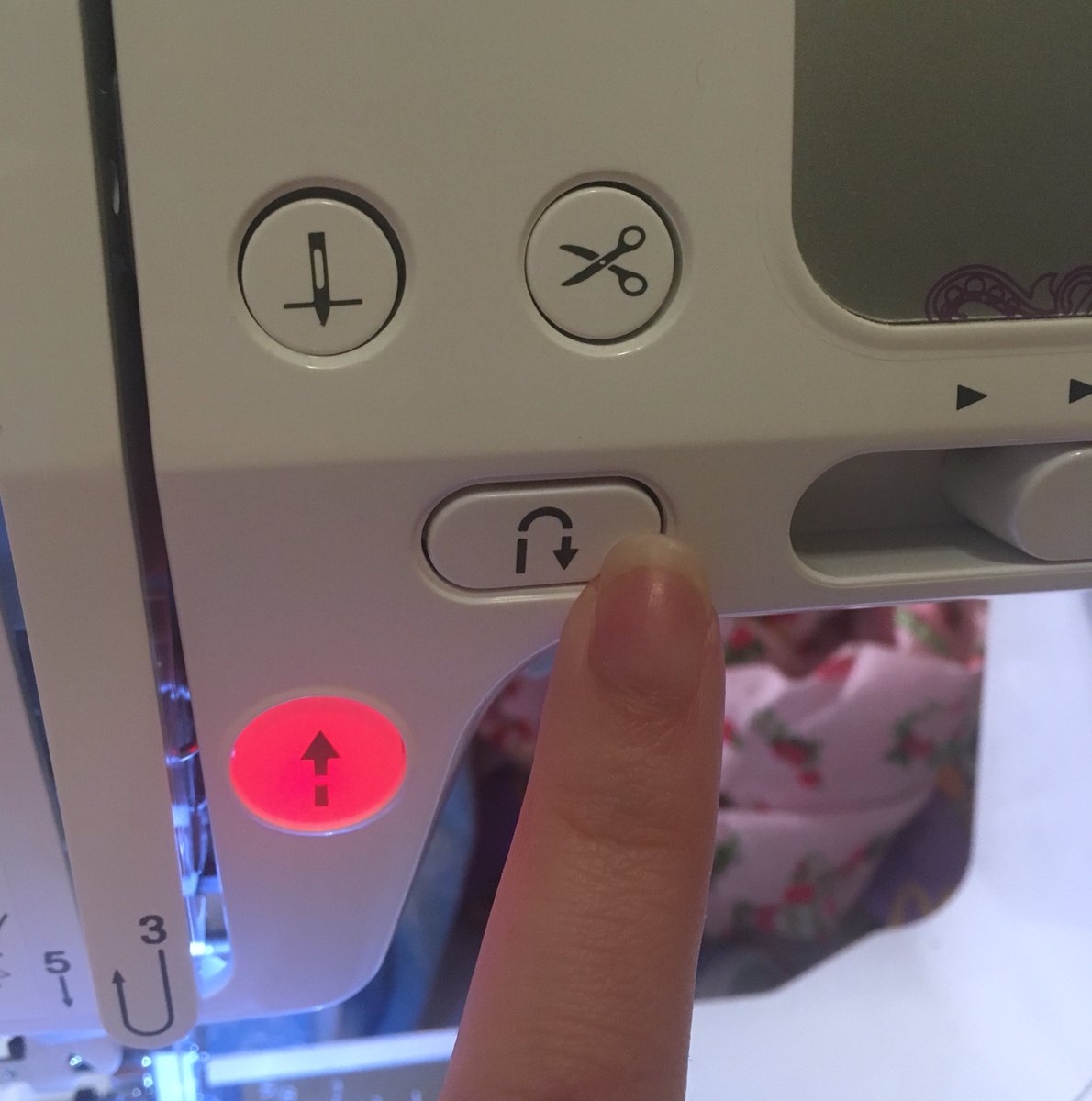With the CDC& #39;s recommendation for healthy folks to wear cloth face masks while shopping, etc., I& #39;ve seen friends getting or dusting off their sewing machines. I& #39;m excited for y& #39;all!
I& #39;ve been sewing since I was 8 years old, so I thought I& #39;d share some tips. Feel free to RT! https://abs.twimg.com/emoji/v2/... draggable="false" alt="💕" title="Two hearts" aria-label="Emoji: Two hearts">
https://abs.twimg.com/emoji/v2/... draggable="false" alt="💕" title="Two hearts" aria-label="Emoji: Two hearts">
I& #39;ve been sewing since I was 8 years old, so I thought I& #39;d share some tips. Feel free to RT!
Sewing machines are easier to use than ever. Though I do love old hardware, I recommend a new machine if you have access to one. Older machines, especially if not maintained, can make you hate sewing. New features like drop-in bobbins and needle threaders are big timesavers!
There are a few things you& #39;ll want to have on hand. One is an iron and ironing board. Pressing your fabric and hems between steps makes a huge difference! When I was a teen, I made my own clothes and never bothered pressing the seams. Don& #39;t be like Teen Rae. Press, press, press!
This is a seam ripper. It rules. It& #39;s cheap and usually comes included in those dollar-store sewing kits. You need one to take out stitches when you make a mistake. Use the long part to pick up a stitch, then slide it to the middle cavity to cut.
You& #39;ll also want pins or clips to hold your fabric in place. I recently discovered these clips, and they& #39;re pretty affordable. I prefer them to pins, but use what you& #39;ve got! The only bad thing about the clips is that they will melt if you touch them with the iron. Be careful.
The last things to have on hand are scissors, rulers, and pencils for measuring, marking, and cutting fabric. Note that paper dulls scissors quickly, so if you& #39;re using household scissors, they might not cut fabric as well. No need to buy special scissors (stay inside!), but FYI.
For mask making, I made templates out of scrap cardboard. Tracing around them is fast. Here are the dimensions. I make them roughly like the ones shown in this video, except I make the pocket flaps flat, so they& #39;re faster and easier to make. https://www.youtube.com/watch?v=S9RWII2-5_4">https://www.youtube.com/watch...
Refer to the manual or YouTube for how to thread your machine and wind the bobbin. The bobbin is the spool in the bottom of the machine. You wind it using the machine& #39;s bobbin winder, pictured here. (I find winding bobbins very satisfying.)
For cotton fabric for masks, your tension dial should be set around 3. If your seams are really tight and causing your fabric to gather even when the tension dial is all the way down to 0, the thread& #39;s probably stuck on something in the internal mechanisms. Rethread the machine.
This part of the machine is called the presser foot. Lift the foot with the lever behind it, slide fabric under, then lower foot. You can line up the edge of your fabric with the left or right side to make straight seams.
Side note: It looks like my machine is really dusty, huh? That "dust" is little bits of fabric and thread, probably mixed in with a little bit of actual dust. Keep your machine clean and covered when not in use. Dust is your machine& #39;s enemy.
If your machine feels like it& #39;s struggling or making crunching sounds, stop! Inspect the bobbin, tug on the spool thread to make sure it isn& #39;t tight, and make sure your needle isn& #39;t bent.
Now, on to the business of sewing: Most fabrics need to be machine washed and dried before cutting and sewing to preshrink and remove chemical treatments. Before you toss your fabric in, loosely stitch around the edges so it doesn& #39;t fray in the wash.
By the way, loose temporary stitching is also referred to as "basting." There& #39;s *lots* of sewing-specific terminology. (Sadly, even crafting has its few gatekeepers who are skeptical of newcomers. But don& #39;t let anyone discourage you or make you feel like you don& #39;t belong!)

 Read on Twitter
Read on Twitter









